
Future of Immersive
Exploring the future of immersive experiences: insights from industry leaders.
Industry leaders gathered for the ‘Immersive, It’s All About the Experience’ Tech Talk panel at the Integrate Expo to discuss the transformative power of immersive experiences and the technology driving this new wave of engagement.
The panel, which was predominantly composed of homegrown Australian talent and offered some interesting insights.
But first, we need to agree on some terms. What does ‘immersive’ truly mean, and why is it so significant to the industry and beyond?
DEFINING IMMERSIVE
Though the term ‘immersive’ is widely used, this panel focused on its true meaning: creating environments that captivate the senses and tell memorable stories. The panel explored its meaning through experiences in creative design, theme parks, virtual production, augmented reality, interactive installations, drone shows, and live events.
The discussion began with each speaker defining what ‘immersive’ means to them. Anthony Bastic emphasised that immersive experiences evoke emotions through narrative and technology. ‘If the narrative connects with somebody emotionally, then it’s immersive because it immerses you in a sense of emotion,” he said. Drew Ferors added that it’s about engaging both the brain and the heart.
Lucy Keeler explored how the emerging experiences sector can reinvent the creative industry by breaking traditional roles and rules. Panel members echoed her sentiment on the importance of early collaboration between creative and technical teams to ensure innovative and feasible outcomes.
BREAKING DOWN THE FOURTH WALL
Mike Ross highlighted the importance of breaking down traditional barriers between the audience and the performance. “Immersive really is where you’re breaking down that fourth wall. The audience member must look for other areas where the entertainment is coming from,” he explained. This concept of making the audience an active participant rather than a passive observer was echoed by others on the panel.
REVOLUTIONISING STORYTELLING
Anthony Bastic shared am example of how technology was used to create an engaging experience at the Australian National Museum {australian.museum}. “We developed a concept that enabled more engagement for younger audiences. We projected onto the ground and created a story around each of the objects,” he explained. This approach not only attracted a younger audience but also deepened their engagement with the exhibits.
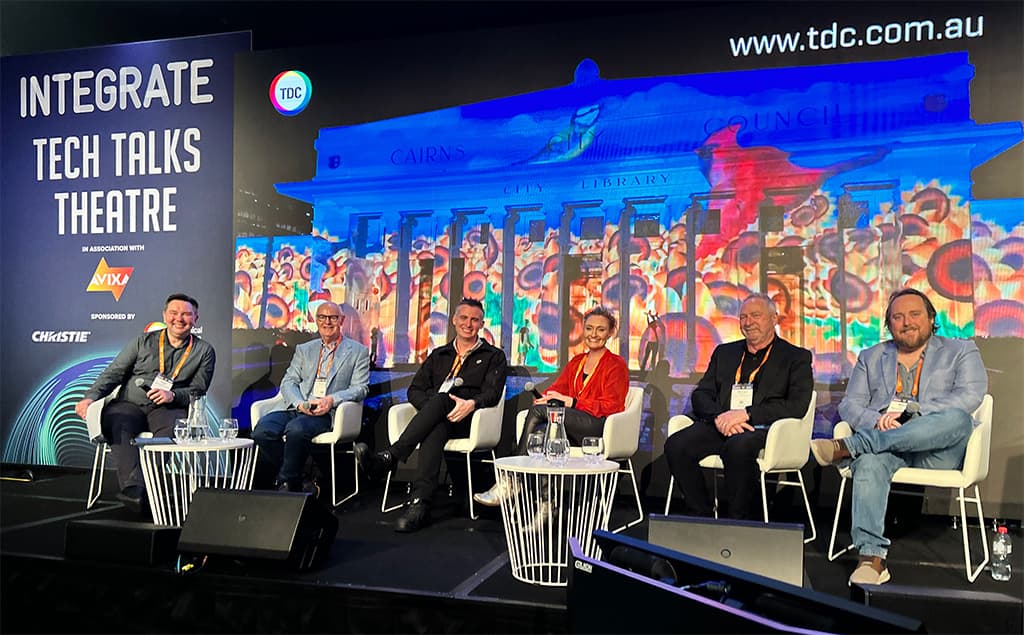
Immersive, It’s All About the Experience panellists included: Anthony Bastic AM, CEO and Executive Creative Director at AGB Creative; Drew Ferors, Technical Services and New Media Manager at TDC – Technical Direction Company; Lucy Keeler, Head of Strategy and Experiences at Luna Park Sydney; Michael Hassett, Founder and Managing Director of TDC – Technical Direction Company; and Mike Ross, Director and Creative Technologist at Blue Alchemy Labs. The panel was chaired by Jason Allen from VCS Creative Publishing.
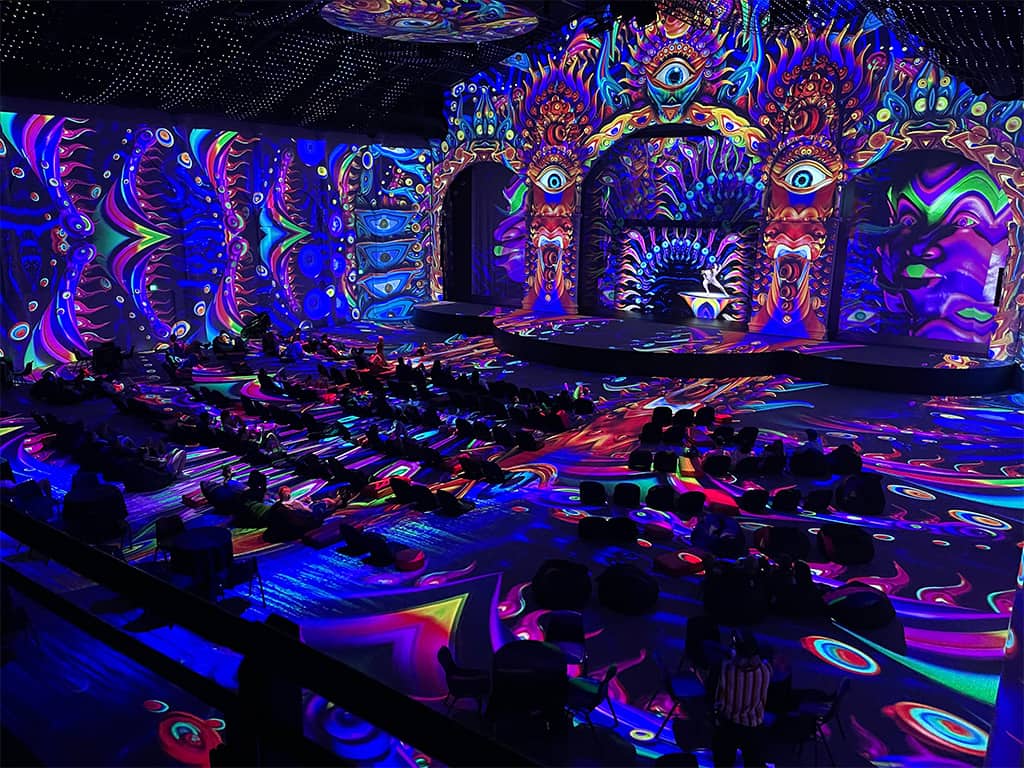
Luna Park transformed its Big Top into a multi-layered immersive experience venue.
ROLE OF TECHNOLOGY
Lucy Keeler discussed the transformation of Luna Park’s Big Top into a multi-layered immersive experience venue. “We turned it into a magic box [taking it beyond prosceniums] but also enabling multi-layered storytelling,” she said. The venue now hosts multiple attractions, including ‘Dream Circus’ and ‘Lite-Brite: Worlds of Wonder’ that opened in August, demonstrating how technology can reinvent traditional spaces.
CHALLENGES & INNOVATIONS
Mike Ross shared insights from working on the iconic Sphere in Las Vegas {www.thesphere.com}, a project that has captured global attention. “We had 50 servers all synchronised on a network in a whole format that had never been done before,” he said. The Sphere’s massive 16k by 16k screen and adaptive audio system presented unique challenges but also set a new standard for immersive experiences.
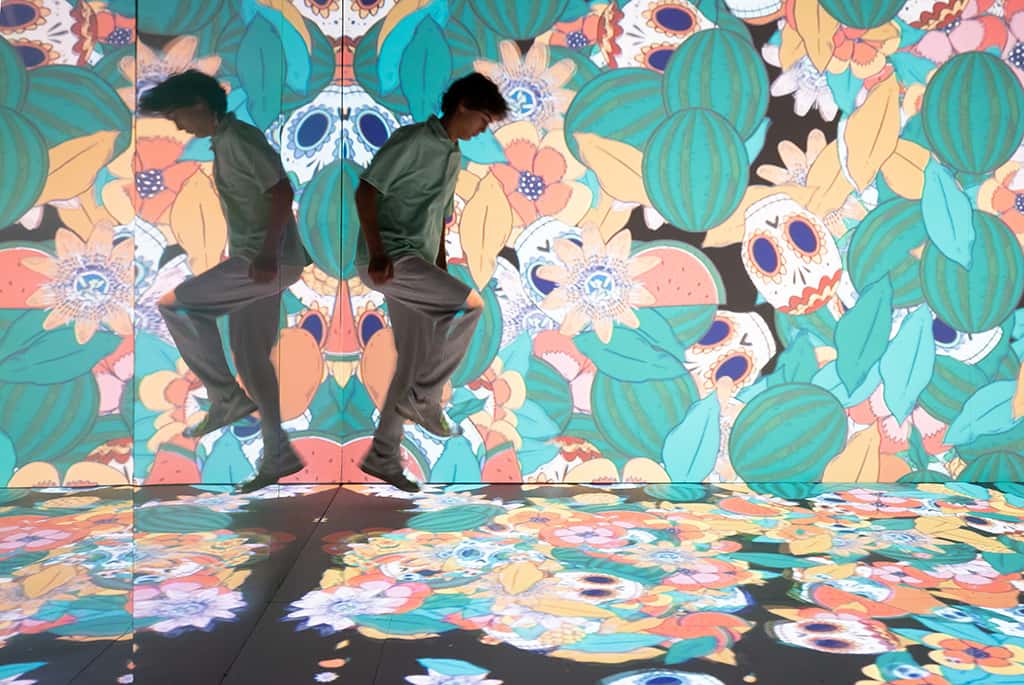

Sydney Festival provided the opportunity to stage large-scale immersive experiences.
INTEGRATING TECHNOLOGY
The panel underscored the importance of involving technology experts early in the creative process. “We can’t really work in a way where we have creatives coming up with some wild and wacky idea that needs flying unicorns and skyhooks,” said Drew Ferors. Early collaboration helps manage expectations and ensures the feasibility of ambitious projects.
IMMERSIVE FUTURE
The panel discussion concluded with a forward-looking perspective. Michael Hassett emphasised the role of emerging, tech-savvy creators who are set to push boundaries and drive rapid technological advancements. “These younger generations are looking at these things and going, ‘Oh, you’re not going to build that’. And they do,” he said.
The panel addressed audience questions on making corporate events more immersive and explored the future of spherical displays like the Sphere. While these displays may not replace traditional screens, they represent a significant advancement in creating adaptable, immersive environments.
The discussion highlighted the need for early collaboration, flexibility, and a deep understanding of immersive design, which is evolving to redefine venues and enhance storytelling with advanced technology. The future promises to be both innovative and emotionally compelling.




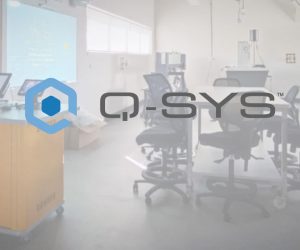
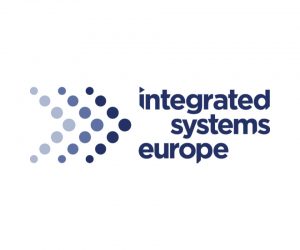
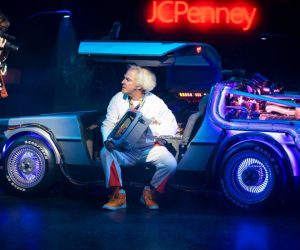
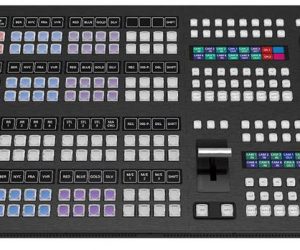
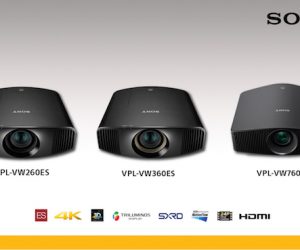
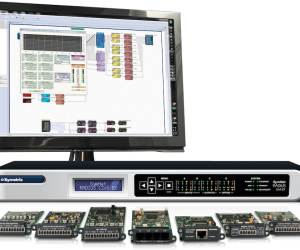
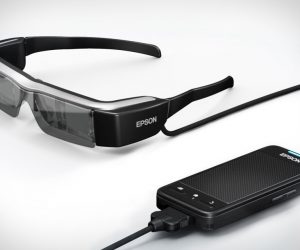
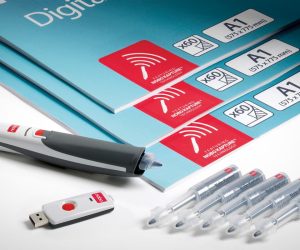
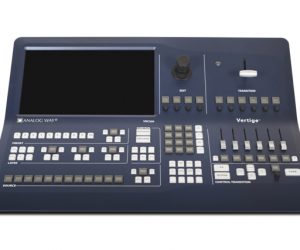


RESPONSES